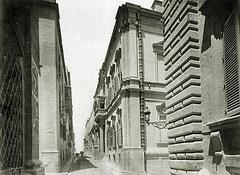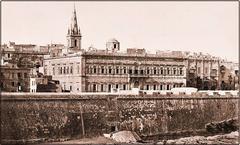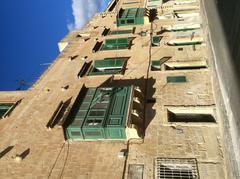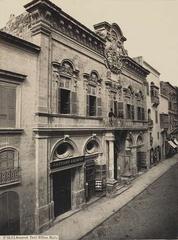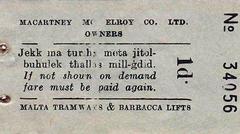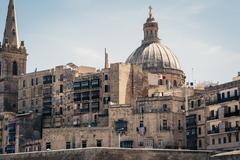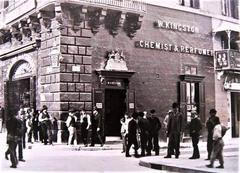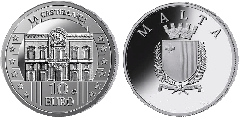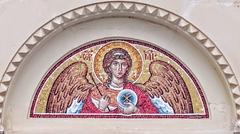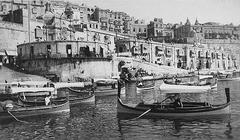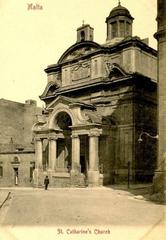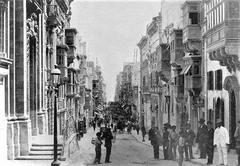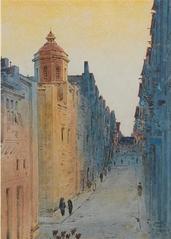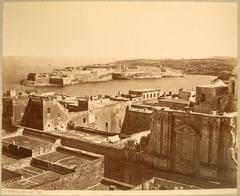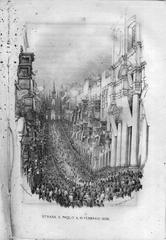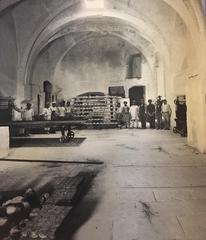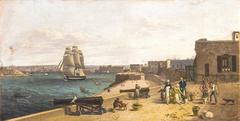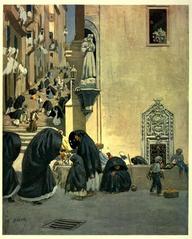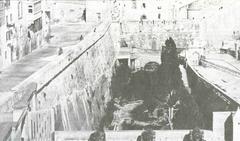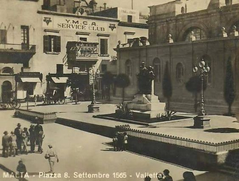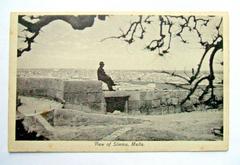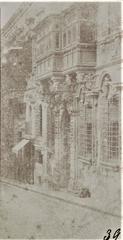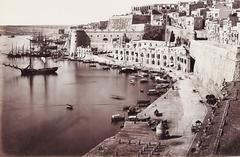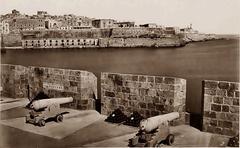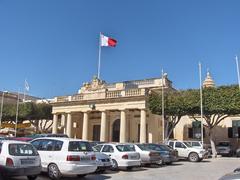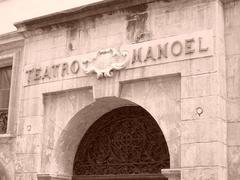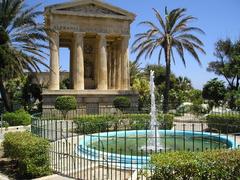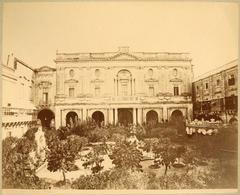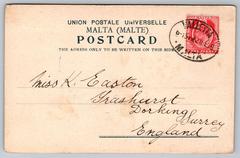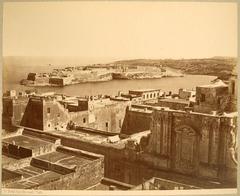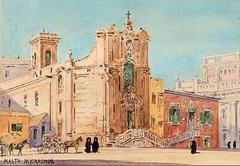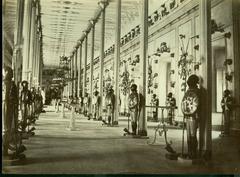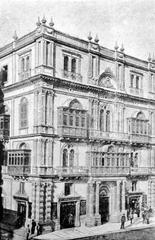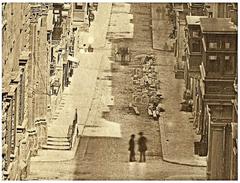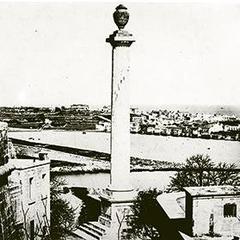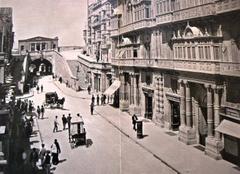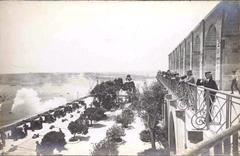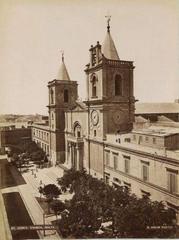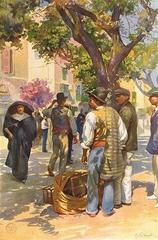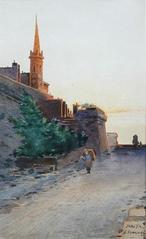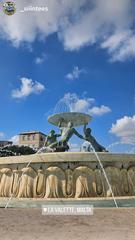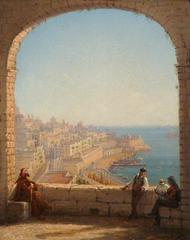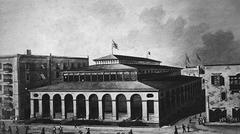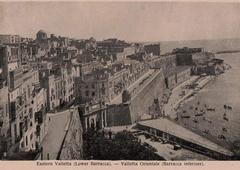
Chapel of St. Anne, Valletta, Malta: Visiting Hours, Tickets & Historical Significance
Date: 04/07/2025
Introduction
Nestled within the historic ramparts of Fort St. Elmo at Valletta’s eastern tip, the Chapel of St. Anne stands as one of Malta’s most captivating historical and spiritual landmarks. Dating back to at least 1488, it predates the city of Valletta itself and is the oldest structure on the Sciberras Peninsula, serving as a bridge between Malta’s medieval past and its later military and religious transformations. Today, this chapel is not only a rare survivor of Malta’s medieval architecture but also a living testament to the island’s resilience and faith, especially during pivotal moments such as the Great Siege of 1565 (Heritage Malta, GuideMeMalta).
Whether you’re a history enthusiast, architecture lover, or cultural traveler, the Chapel of St. Anne offers a serene yet powerful encounter with Malta’s layered heritage. This guide covers its rich history, architectural highlights, essential visitor information—such as opening hours, tickets, and accessibility—and practical tips for exploring one of Valletta’s must-see sites.
Historical Overview
Early Origins
The chapel’s origins trace back to at least 1488, long before the construction of Fort St. Elmo or the city of Valletta. Originally serving local fishermen and mariners, it may have first been dedicated to St. Elmo (St. Erasmus), the patron saint of sailors, reflecting the peninsula’s early maritime role.
Incorporation into Fort St. Elmo
When the Order of St. John began constructing Fort St. Elmo in 1552 to guard Malta’s harbors, the Knights incorporated the existing chapel into the new fortifications and rededicated it to St. Anne. This strategic adaptation underscored the blending of Malta’s spiritual and military history, with the chapel serving as a vital place of worship for soldiers and knights.
The Great Siege of 1565
During the pivotal Great Siege of Malta, the chapel was at the heart of the month-long defense of Fort St. Elmo. It became a spiritual refuge for the fort’s defenders, symbolizing faith and endurance amid conflict. Although the fort and chapel eventually fell to the Ottomans, the defenders’ sacrifice delayed the siege and became a defining moment in Maltese history (GuideMeMalta).
Baroque Renovations and Later History
The 17th century saw significant Baroque enhancements under Grand Masters Lascaris and Cotoner, who introduced an ornate altar, coffered ceiling, and intricate wall carvings featuring Cotoner’s coat of arms. The chapel continued serving the garrison, even as it underwent periods of deconsecration and repurposing under British rule in the 19th century.
Modern Restoration
A comprehensive restoration (2012–2015) led by Heritage Malta preserved the chapel’s unique medieval-Baroque fabric, ensuring accessibility and integration into the Fort St. Elmo and National War Museum visitor experience. Today, the chapel also functions as a memorial to all who defended Malta, especially during World War II (Heritage Malta).
Architectural and Artistic Features
Exterior and Interior
- Exterior: The chapel is seamlessly embedded into Fort St. Elmo’s limestone walls, with a minimalist façade distinguished by a simple rectangular doorway and modest window.
- Interior: Visitors will find a tranquil, barrel-vaulted nave with plain limestone walls, a hallmark of late medieval ecclesiastical architecture. The serene simplicity provides a space for contemplation and prayer.
Baroque Elements
- Altar and Wall Carvings: The 17th-century Baroque altar features intricate carvings, floral motifs, and the coat of arms of Grand Master Cotoner, exemplifying Maltese craftsmanship and the stylistic transition from Renaissance to Baroque.
- Madonna and Child Icon: The chapel’s most treasured artwork is a 15th-century Madonna and Child icon, painted in the Byzantine tradition and believed to have been brought to Malta by the Hospitallers after the Battle of Lepanto. This relic connects the chapel to wider Mediterranean Christian art and history.
Symbolism
The integration of a sacred chapel into a military fortress signifies the union of faith and resilience—an enduring theme in Maltese identity. The chapel’s architecture and art, from its barrel-vaulted ceiling to the Madonna and Child icon, evoke both the humility and grandeur of centuries of devotion and defense (GuideMeMalta).
Visiting the Chapel of St. Anne: Practical Information
Location
- Address: Fort St. Elmo, Valletta, Malta
- Access: The chapel is within Fort St. Elmo, at the eastern tip of Valletta, and can be reached on foot from the city center.
Visiting Hours
- Standard Hours: Open daily from 9:00 AM to 5:00 PM (hours may vary on public holidays and during special events).
- Best Times to Visit: Early morning or late afternoon for a quieter experience.
Tickets
- Admission: Included with Fort St. Elmo and National War Museum entry (€10 for adults; discounts for children, students, and seniors).
- Where to Buy: Online via Heritage Malta or at the fort entrance.
Accessibility
- Wheelchair Access: Ramps and paved walkways make the chapel accessible, though some areas of the fort have uneven surfaces.
- Assistance: Contact Heritage Malta in advance for specific accessibility needs.
Guided Tours and Interpretation
- Guided Tours: Available at an additional cost, offering in-depth historical context and architectural insights. Audio guides are also available.
- Interpretive Panels: Provide concise information in English and Maltese.
Facilities
- Amenities: Restrooms, café, and gift shop within the fort complex.
- Photography: Permitted (no flash or tripods without prior permission).
Visitor Etiquette and Tips
- Dress Code: Shoulders and knees should be covered in keeping with church etiquette.
- Atmosphere: Maintain silence or speak softly to respect the chapel’s serene environment.
- Reflection: Allocate time for quiet contemplation to appreciate the chapel’s spiritual resonance.
- Nearby Attractions: Combine your visit with St. John’s Co-Cathedral, Upper Barrakka Gardens, and Valletta’s other historical landmarks (The Road We Take).
Integration with the National War Museum
The Chapel of St. Anne is an integral part of the Fort St. Elmo and National War Museum experience. Museum exhibits contextualize the chapel’s role during Malta’s military history, from the Great Siege of 1565 to the World Wars, highlighting its function as a spiritual sanctuary and memorial (Heritage Malta).
Frequently Asked Questions (FAQs)
Q: What are the Chapel of St. Anne visiting hours?
A: Daily, 9:00 AM to 5:00 PM (check for seasonal changes or public holiday hours).
Q: How much do tickets cost?
A: €10 for adults, with concessions for children, students, and seniors. Entry includes Fort St. Elmo and the chapel.
Q: Is the chapel wheelchair accessible?
A: Yes, through ramps and paved walkways; contact staff for specific needs.
Q: Are guided tours available?
A: Yes, guided and audio tours are available for a deeper understanding.
Q: Can I take photographs inside?
A: Non-flash photography is allowed; please be respectful, especially during any religious events.
Summary & Travel Tips
The Chapel of St. Anne at Fort St. Elmo encapsulates Malta’s historic resilience, architectural beauty, and spiritual depth. Its well-preserved medieval and Baroque features, serene ambience, and role as both sanctuary and memorial make it an essential stop in Valletta. Plan your visit by checking current opening hours and ticket options, and consider joining a guided tour for a richer experience. Combine the chapel with nearby sites for a full appreciation of Valletta’s cultural tapestry (GuideMeMalta). For updates, download the Audiala app and consult official resources.
Further Resources
- Heritage Malta – Fort St. Elmo & Chapel of St. Anne
- GuideMeMalta – Historic Treasure: St. Anne’s Chapel
- The Road We Take – Top Must-Do Activities in Valletta
- Wikipedia – Church of St. Anne, Fort St. Elmo
- Palazzo Preca Valletta – Malta’s Religious and Architectural Heritage



